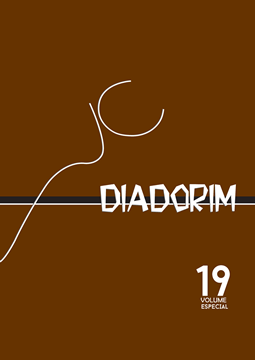Nump and Possp in Dialectal Brazilian Portuguese
DOI :
https://doi.org/10.35520/diadorim.2017.v19n0a13578Résumé
In standard Brazilian Portuguese (BP), as well as in other Romance languages, possessives have uninterpretable number features, which are valued via nominal agreement. However, dialects of BP, especially the one spoken in Minas Gerais, have shown that 2nd person possessives, in postnominal position, do not have number agreement with the noun. In order to account for these facts, I will argue that, in this grammar, number features on 2nd person possessives are reanalyzed as being: (i) associated with the person (rather than the noun) and (ii) valued. From the frst postulation, ‘seu' is expected to be the possessive for 2nd person singular, and ‘seus' for 2nd person plural. From the second postulation, no number concord is expected to be triggered on the possessive. In addition, based on Danon (2011) and Norris (2014), I will argue that cardinals divide BP DPs into two domains in that phrases located above NumP are marked with the plural morpheme, while phrases below it are unmarked. In this sense, because prenominal possessives precede cardinals (NumP), they must be marked with the plural morpheme for nominal agreement; whereas postnominal possessives, which follow NumP, must be unmarked. Free from the plural marking associated with nominal agreement, postnominal 2nd person possessives favor the reanalysis of the morpheme ‘-s' as indicating the number associated with person features.Téléchargements
Téléchargements
Publié-e
Numéro
Rubrique
Licence
Transferência de direitos autorais - Autorização para publicação
Caso o artigo submetido seja aprovado para publicação, já fica acordado que o autor autoriza a UFRJ a reproduzi-lo e publicá-lo na Diadorim: Revista de Estudos Linguísticos e Literários, entendendo-se os termos "reprodução" e "publicação" conforme definição respectivamente dos incisos VI e I do artigo 5° da Lei 9610/98. O artigo poderá ser acessado pela internet, a título gratuito, para consulta e reprodução de exemplar do artigo para uso próprio de quem a consulta. Essa autorização de publicação não tem limitação de tempo, ficando a UFRJ responsável pela manutenção da identificação do autor do artigo.

A Revista Diadorim utiliza uma Licença Creative Commons Atribuição-NãoComercial 4.0 Internacional (CC BY-NC 4.0).

